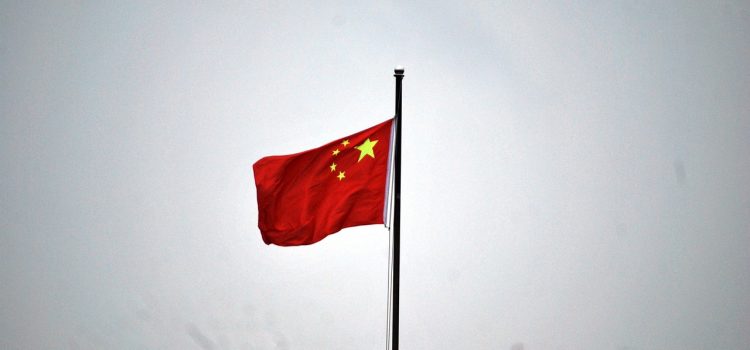
As the world continues to grapple with the economic impact of COVID-19, China has set a bold 5% growth target for its economy in 2021. But what is the reasoning behind this ambitious goal? Is it achievable, and if so, how will China go about achieving it? In this blog post, we aim to shed some light on these questions by exploring China’s strategy behind its growth target and what it means for the global economy. So buckle up and join us as we delve into one of the most intriguing economic stories of our time!
The Chinese Economy Before and After the Pandemic
Before the pandemic, the Chinese economy was already facing a number of challenges, including a slowing growth rate, high levels of debt, and an aging population. The pandemic has exacerbated these problems and led to a sharp slowdown in economic activity. However, the Chinese government has responded with a series of stimulus measures and has set a target for the economy to grow by at least 6% in 2021.
While this may seem like a ambitious target, it is important to understand the context behind it. First, the Chinese economy is still significantly larger than it was before the pandemic. Second, the government is also focusing on quality of growth rather than just quantity. This means that they are aiming for sustainable and inclusive growth that benefits all sectors of society. Finally, the 6% growth target is in line with China’s long-term goals for economic development.
The Chinese government’s response to the pandemic and its commitment to achieving strong economic growth in 2021 reflects its determination to maintain its position as a global economic superpower. With continued reform and effective implementation of policies, China is well placed to achieve its goals and further cement its status as an essential player in the global economy.
Why the 5% Growth Target is Important to China
The 5% growth target is important to China for a number of reasons. First, it signals to the rest of the world that China is committed to sustaining its economic growth. Second, it provides a marker for Chinese policymakers to gauge the country’s progress in meeting its development goals. Third, it reassures domestic businesses and consumers that the government is committed to stimulating economic activity. Finally, it serves as a reminder to officials that they need to continue implementing reforms to keep the economy growing.
How this Affects the Global Economy
The global economy has been greatly affected by the COVID-19 pandemic. China is the world’s second largest economy and its growth target for economic recovery is a critical factor in global economic stability. Many countries are highly dependent on China for trade and investment, so understanding China’s strategy behind this growth target is essential.
China’s decision to set a growth target of around 7% for its economy in 2021 shows that the country is committed to driving global economic recovery. This target is realistic and achievable, and will provide much-needed stability in an uncertain world. Countries that are reliant on China for trade and investment will benefit from this commitment to growth, as it will help to boost global demand.
China’s growth target is also a positive signal for other countries that are struggling to recover from the pandemic. It shows that there is still potential for strong economic growth, even in the face of significant challenges. This provides hope for a more prosperous future for all countries involved in the global economy.
What the Future Holds for China’s Economic Recovery
As the world’s second largest economy, China has been greatly affected by the COVID-19 pandemic. The Chinese government has put forth a plan for economic recovery that includes setting a growth target of above 6% for the next year. While this may seem ambitious, there are several reasons why China is confident that they can reach this goal.
First, China has proven to be resilient in the face of adversity in the past. The country was able to weather the global financial crisis of 2008 and emerge relatively unscathed. Additionally, the Chinese government has taken aggressive measures to combat COVID-19 within its borders. These actions have helped to contain the spread of the virus and allow businesses to begin reopening.
Second, China still possesses many strengths that will help them achieve their economic goals. The country has a large population that is increasingly middle class and urbanized. This provides a large market for domestic consumption. Additionally, China has a thriving manufacturing sector that is well-positioned to benefit from the global shift towards supply chain localization.
Finally, China has shown a willingness to embrace reform in order to spur economic growth. In recent years, the country has enacted reforms such as liberalizing its currency and opening up its markets to foreign investment. These changes have helped to attract capital and talent to China, laying the foundation for continued economic success.
Given these factors, it is clear that China is poised for a strong economic recovery in the coming years. The country
Conclusion
Overall, China has set the goal of achieving 5% economic growth in 2021 as a way to recover from the pandemic-induced recession. The government is implementing an array of strategies and policies such as tax cuts, targeted financial support for vulnerable industries, and increased investment in infrastructure. However, it remains unclear whether these efforts will be enough to reach the target or not. Nevertheless, understanding China’s strategy behind this ambitious target provides insight into how Beijing intends to navigate through this difficult time and emerge stronger on the other side.










